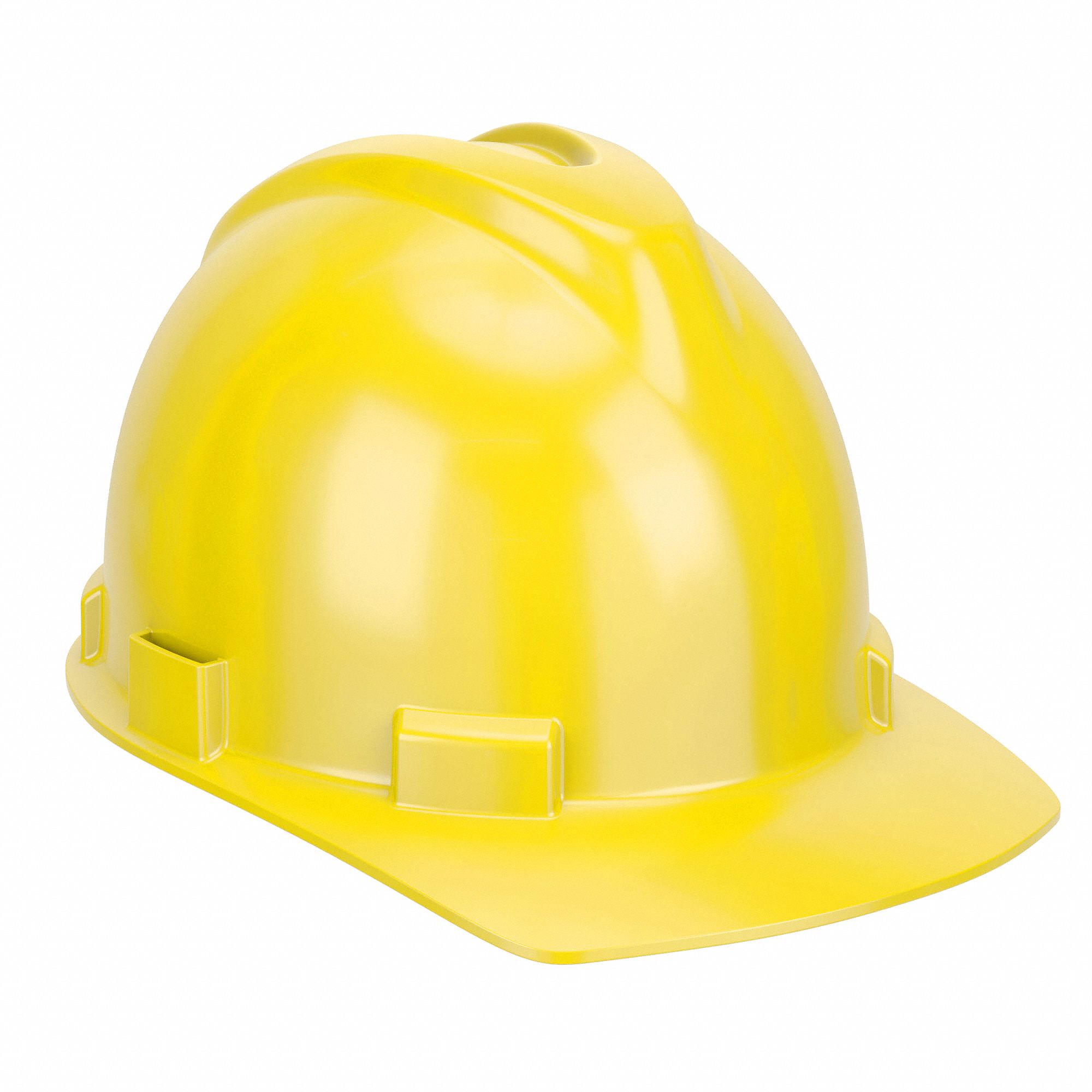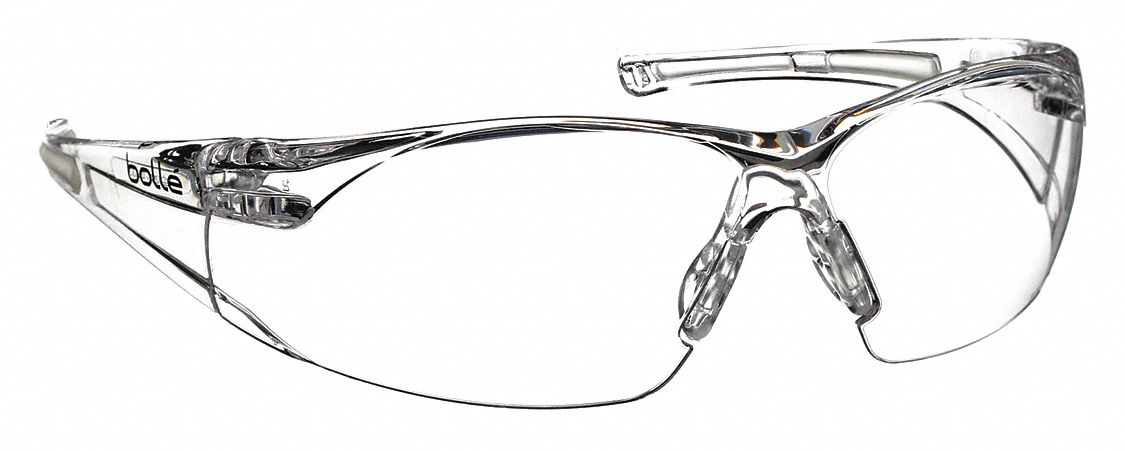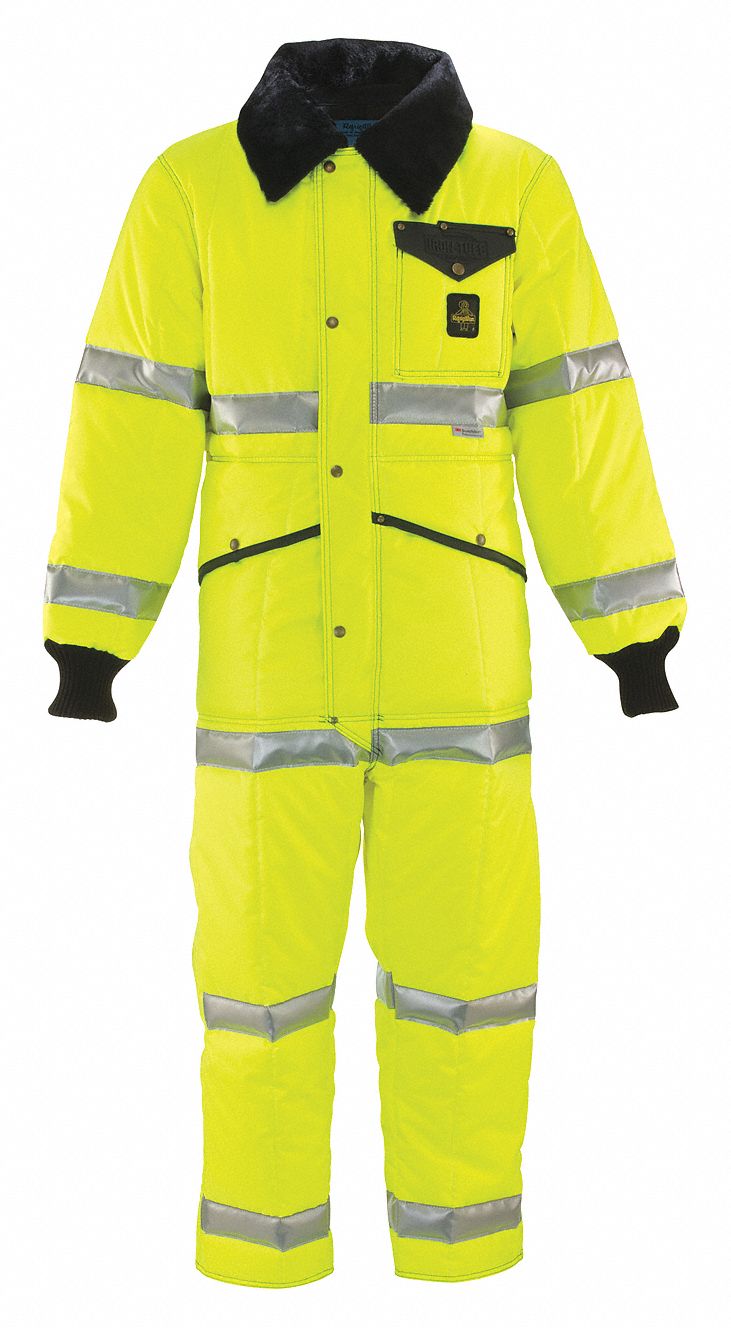

Top 10 OSHA Violations: 2019
By Grainger Editorial Staff 9/12/19


OSHA recently released preliminary data for the top 10 OSHA violations (2019 fiscal year). For the ninth consecutive year, General Requirements for Fall Protection lands at number one.
Speaking at the 2019 National Safety Council (NSC) Congress & Expo, Patrick Kapust, Deputy Director of OSHA’s Directorate of Enforcement Programs, presented the preliminary data.
This year’s top 10 is largely the same as last year’s, though No. 4 and No. 5 have switched places. The OSHA top 10 is again split between construction-related violations and general industry-related violations.
The preliminary data below represents the top 10 most frequently violated OSHA standards from October 1, 2018, to August 15, 2019, and reflects only federal OSHA violations. The final data for the entire fiscal year (October 1, 2018 to September 30, 2019) will be released at the end of November.
The preliminary data was also reported in Safety+Health, the official magazine of the NSC Congress & Expo.
| OSHA Standard | 2019 Violations |
|---|---|
|
1. Fall Protection: General Requirements (1926.501) |
6,010 |
|
2. Hazard Communication (1910.1200) |
3,671 |
|
3. Scaffolding (1926.451) |
2,813 |
|
4. Lockout/Tagout (1910.147) |
2,606 |
|
5. Respiratory Protection (1910.134) |
2,450 |
|
6. Ladders (1926.1053) |
2,345 |
|
7. Powered Industrial Trucks (1910.178) |
2,093 |
|
8. Fall Protection: Training Requirements (1926.503) |
1,773 |
|
9. Machine Guarding (1910.212) |
1,743 |
|
10. Personal Protective Equipment: Lifesaving Equipment and Eye and Face Protection (1926.102) |
1,411 |
The information contained in this article is intended for general information purposes only and is based on information available as of the initial date of publication. No representation is made that the information or references are complete or remain current. This article is not a substitute for review of current applicable government regulations, industry standards, or other standards specific to your business and/or activities and should not be construed as legal advice or opinion. Readers with specific questions should refer to the applicable standards or consult with an attorney.











